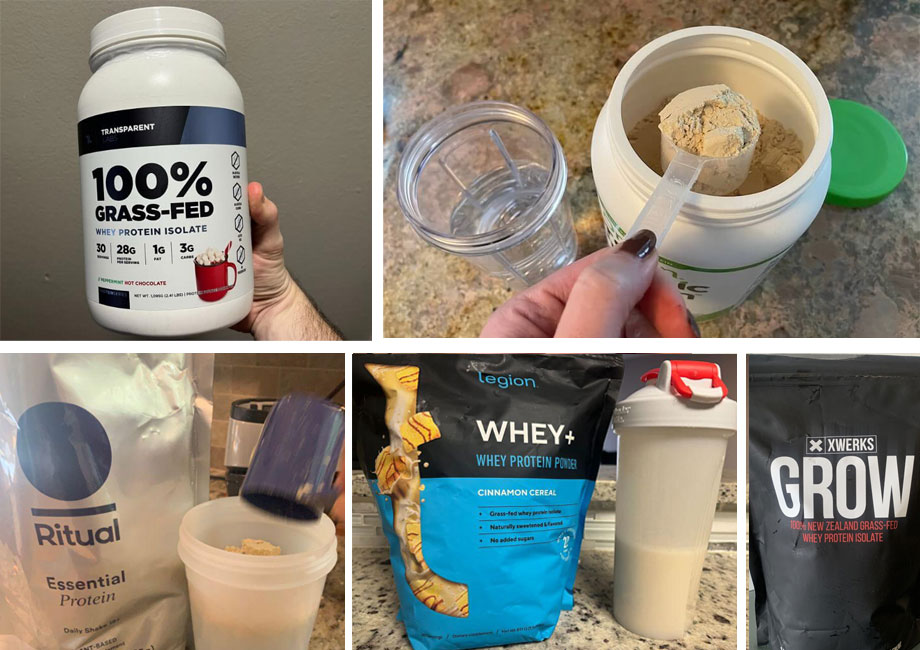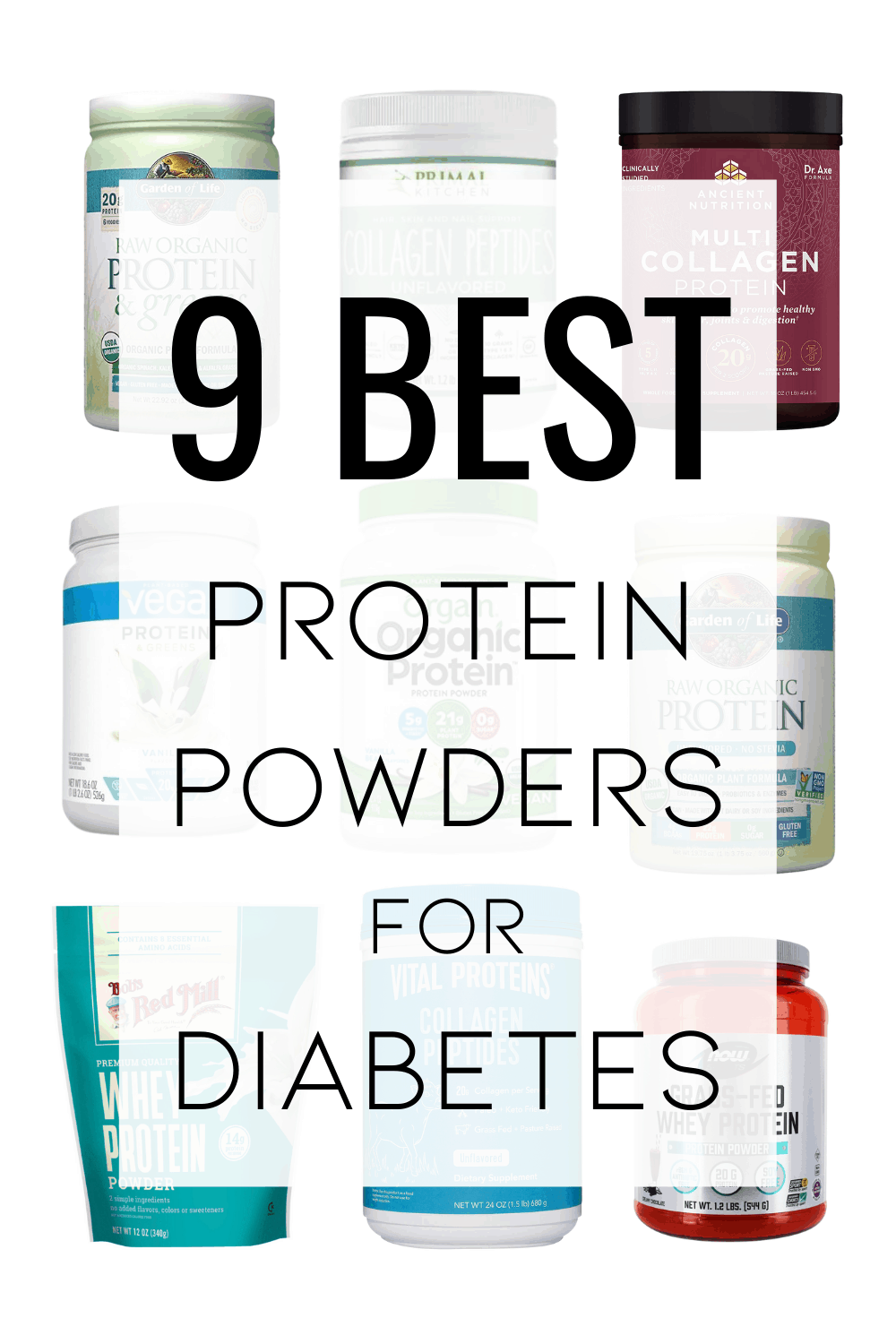Key Attributes of Diabetic-Friendly Protein Powders
For individuals with diabetes, selecting a protein powder requires careful attention to its nutritional profile to ensure minimal impact on blood glucose levels.

Essential characteristics include:
- Minimal Sugar Content: Prioritize powders with very low or no added sugars. Look for options with less than 5 grams of total sugar per serving, and ideally 0 grams of added sugar.
- Low Net Carbohydrates: The total carbohydrate count should be low. A higher fiber content is beneficial as it can help manage blood sugar.
- High-Quality Protein: The source of protein (e.g., whey, casein, egg, plant-based) should be high quality to support muscle health and satiety.
- Artificial Sweeteners: Be mindful of artificial sweeteners. Some individuals with diabetes prefer natural, non-caloric sweeteners like stevia or monk fruit, or unsweetened varieties.
- Minimal Fillers: Opt for products with clean ingredient lists and fewer unnecessary additives.
Recommended Protein Types
Several protein sources are generally suitable, provided they meet the low-sugar and low-carb criteria:
- Whey Protein Isolate: This form is highly filtered, resulting in very low levels of carbohydrates, lactose, and fat, making it an excellent choice.
- Casein Protein: Known for its slow digestion rate, casein can provide a sustained release of amino acids, which may help with satiety and more stable blood glucose levels.
- Egg White Protein: A complete protein that is naturally very low in carbohydrates and fat.
- Plant-Based Proteins:
- Pea Protein Isolate: Typically low in carbs and a good source of iron.
- Soy Protein Isolate: A complete plant-based protein that is generally low in carbohydrates.
- Brown Rice Protein: Often found in blends, ensure the specific product is low in sugar.
Unsweetened or naturally sweetened versions of these protein powders are preferable.
Label Reading: What to Scrutinize
Pay close attention to the following on the nutrition facts panel and ingredient list:
- Total Sugars: Aim for the lowest possible amount per serving.
- Added Sugars: This should ideally be 0 grams.
- Total Carbohydrates: Assess the amount relative to your dietary needs.
- Fiber Content: Higher fiber is generally better.
- Sweeteners Used: Identify the type of sweetener (e.g., stevia, monk fruit, erythritol, sucralose, aspartame) and consider your preference or tolerance.
- Ingredient List: Shorter lists with recognizable ingredients are often a good sign. Avoid powders with excessive fillers or sugar alcohols that might cause digestive upset for some.
Professional Consultation is Key
It is crucial to consult with your doctor, a registered dietitian, or a certified diabetes care and education specialist before incorporating protein powder into your diet. They can provide personalized recommendations based on your individual health status, current medications, dietary plan, and blood sugar management goals. They can also help you determine the appropriate serving size and timing for protein powder consumption.







